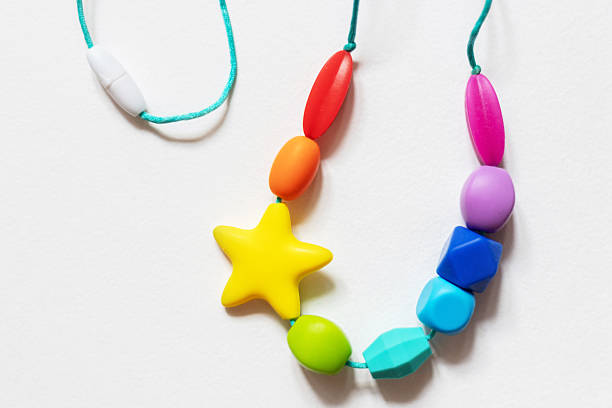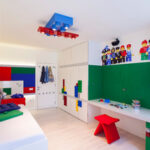Fidget necklaces have emerged as a powerful, discreet tool for managing mental health challenges and sensory needs across diverse populations. Unlike generic stress-relief gadgets, these wearable accessories combine functionality with style, offering a personalized solution for individuals dealing with anxiety, ADHD, or sensory processing issues.
Whether you’re a parent of a sensory-seeking child, an adult with high-functioning anxiety, or a mental health professional exploring DIY therapy tools, learning how to make a fidget necklace tailored to different needs is both empowering and therapeutic.We explore the most effective ways to customize fidget necklaces for adults, children, and specific mental health conditions to ensure they are convenient and useful. We also explore psychological science, unique user group needs, and custom design methods to make fidget necklaces more than just toys, but personalized tools for wellness.
Why Fidget Necklaces Matter Across Ages and Diagnoses
✅ For Kids with Sensory Needs and ADHD
Children with ADHD or autism often seek sensory input. A well-made fidget necklace for kids provides a safe, wearable solution, and sensory and teething chew necklaces, for example, are often mentioned to meet oral and tactile needs. These necklaces help them regulate focus during class, ease hyperactivity, and avoid chewing on unsafe items like pencils or sleeves.
🔍 Example: A soft silicone pendant necklace shaped like a LEGO brick provides both sensory stimulation and social comfort. The familiar design promotes confidence while satisfying fidget needs discreetly.
✅ For Adults Dealing with Anxiety or Stress
A fidget necklace for adults isn’t childish—it’s a discreet mental reset button. Office workers, students, or anyone with high-stress lives benefit from having a subtle outlet for nervous energy.In daily life, adult sensory chew toys can relieve some stress and anxiety and meet the specific behavioral needs of managing sensory processing disorders!
🔍 Example: A minimalist necklace with sliding hematite beads or textured rings can help with grounding during panic attacks or overthinking episodes, mimicking the calming effect of stress balls but in wearable form.
✅ For People with Generalized Anxiety Disorder or PTSD
A fidget necklace for anxiety helps create a loop between physical touch and emotional regulation. Autism, ADHD and Anxiety Use chew necklaces to get some relief, triggering more positive sensory adaptations and arousing emotions.By channeling anxious energy into repetitive movements, users calm their nervous system.
🔍 Example: Necklaces with weighted components or soothing aromatherapy pendants (infused with calming essential oils like lavender) serve as multi-sensory therapeutic tools.
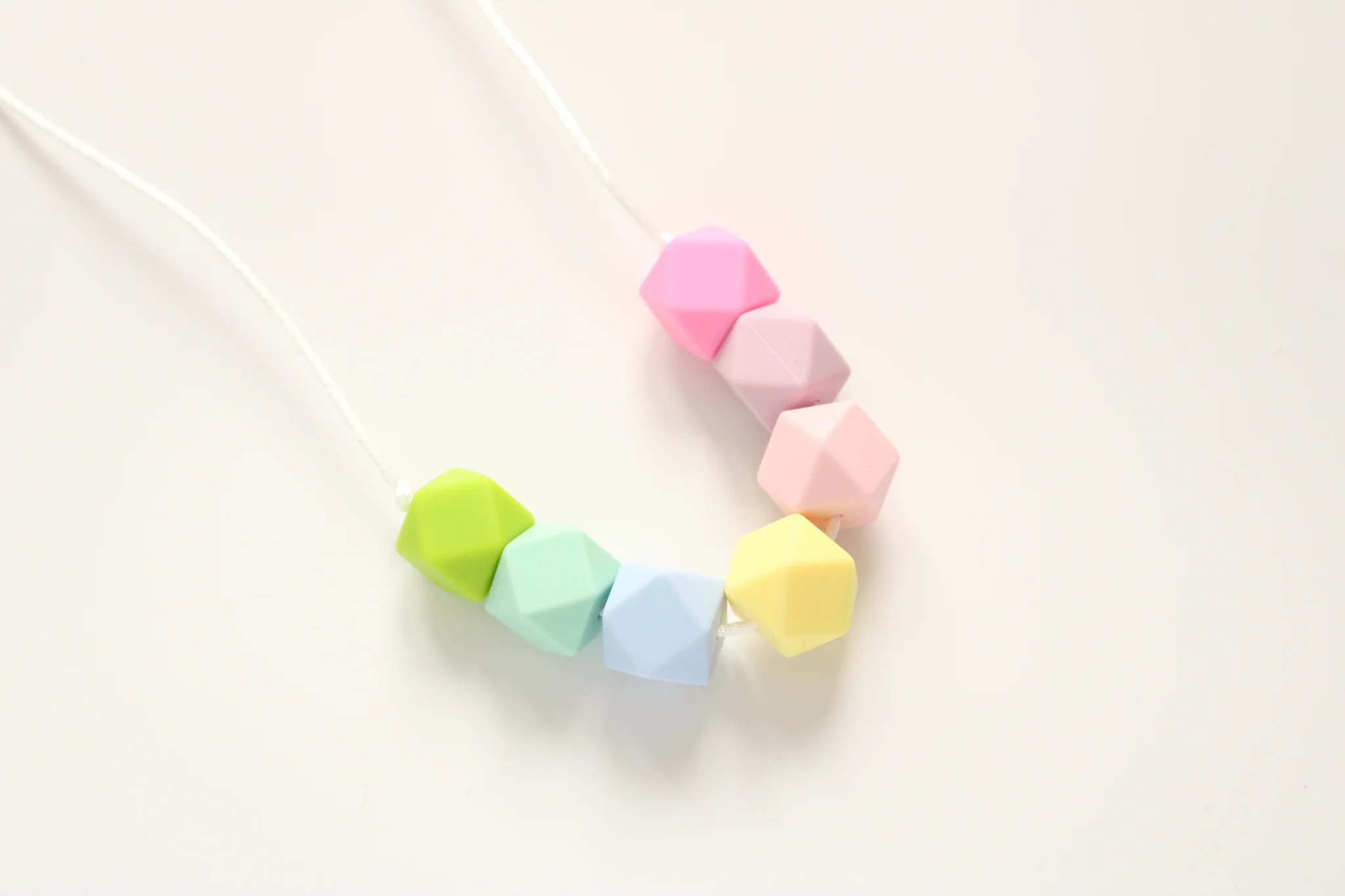
Planning the Design: Materials That Match Mental Health Needs
The effectiveness of a fidget necklace lies in its design. Before assembling one, consider the specific needs of the target user. Here’s how to align design with function:
| Population | Preferred Material | Functionality |
|---|---|---|
| Kids with ADHD | Food-grade silicone, BPA-free rubber | Chewable, colorful, safe |
| Adults with Anxiety | Stainless steel, wood, ceramic | Discreet, stylish, tactile |
| PTSD or Sensory Disorders | Weighted beads, textured surfaces | Grounding, calming |
| Autistic Individuals | Bright textures, rotating beads | Visual and tactile stimulation |
Pro Tip: Mix and match textures to offer a broader sensory experience, especially for neurodiverse users.
Step-by-Step Guide: How to Make a Fidget Necklace at Home
Creating a custom fidget necklace is simple and rewarding. Here’s a clear, safe method suitable for beginners and crafters alike.
✂️ Materials You’ll Need
- Nylon cord or breakaway clasp necklace cord
- Food-grade silicone beads (various textures and sizes)
- Chewable pendants or toggle shapes
- Scissors and lighter (to seal cord ends)
- Optional: wooden beads, spinning charms, essential oil diffuser beads
🔧 Instructions
- Design Layout: Sketch a layout considering size, bead types, and patterns.
- Thread Beads: Start from the middle and work outward. Place chewable beads in the center for easy access.
- Tie Ends Securely: Use a breakaway clasp for safety (especially for children).
- Test It: Check for choking hazards, secure knotting, and comfort around the neck.
- Personalize: Add colors or charms that reflect the user’s style or favorite calming symbols.
🛡️ Safety Note: Always supervise use with younger children or individuals with high chewing force. Check materials are non-toxic and certified.
Customization for Specific Populations: Adaptive Changes
🌟 For Teenagers with Social Anxiety
Use slimline designs with trendy charms (e.g., moon, crystal) to make the necklace feel like jewelry instead of a therapy tool. Include a bead that slides or rotates under the thumb during stressful conversations.
🌟 For Elderly with Dementia or Cognitive Decline
Design necklaces with larger, easy-to-grasp beads that assist with fidgeting without being a choking risk. Aromatherapy components can also aid memory recall and calmness.
🌟 For People with OCD or Hair-Pulling
Use tactile-focused designs with resistance-based beads to keep hands engaged and reduce compulsive urges. Incorporating textured sliders or push-pull mechanics offers a replacement behavior.
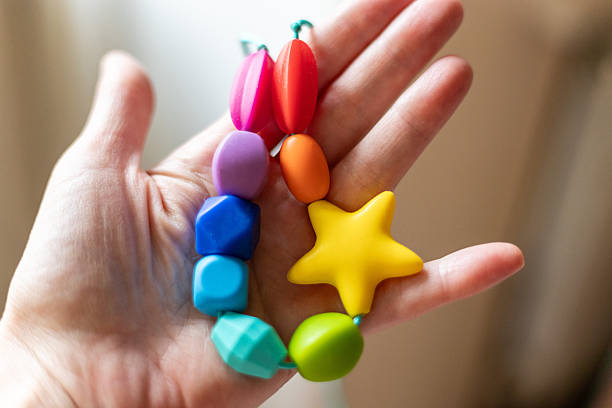
Unique Tips for Personalizing Your Fidget Necklace
To stand out, consider these innovative ideas:
- Custom Engravings: Add a motivational phrase or symbol to the pendant for emotional resonance.
- Modular Designs: Create interchangeable pendants, allowing users to switch fidget elements based on their mood or needs.
- Eco-Friendly Materials: Use sustainable materials like recycled wood or biodegradable silicone to appeal to environmentally conscious users.
Beyond DIY: Incorporate into Daily Mental Health Practices
Creating the necklace is just step one—using it consciously matters just as much. Here are tips to enhance their effectiveness:
- Pair with Breathwork: Use the act of fiddling or chewing to cue deep breathing exercises.
- Use in Therapy: Many occupational therapists incorporate custom fidget necklaces into treatment plans for ADHD and sensory regulation.
- Coordinate with Mindfulness Apps: Fidgeting while using grounding techniques from apps like Calm or Headspace increases emotional regulation.
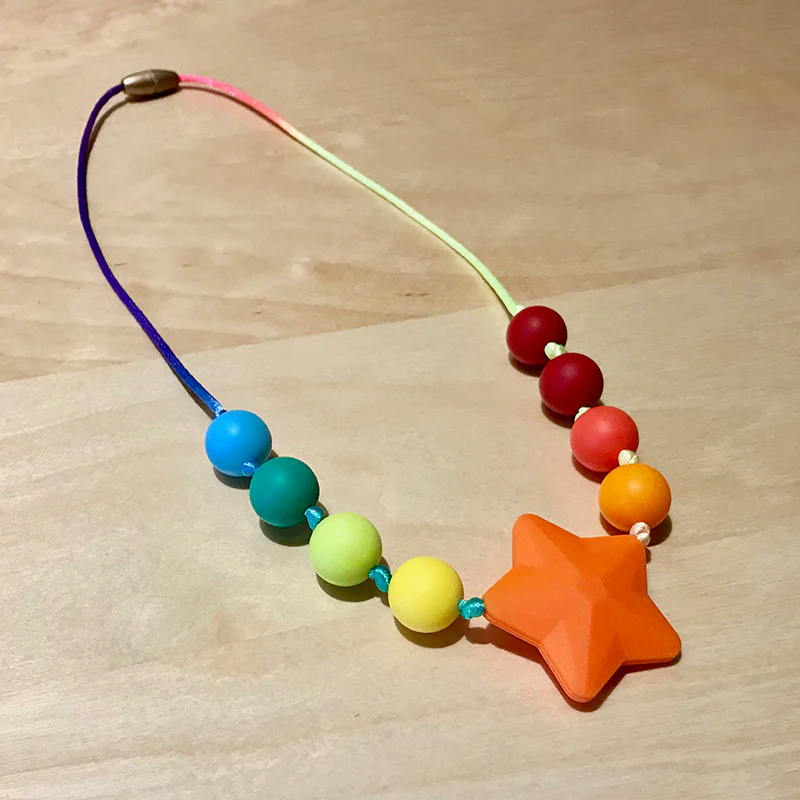
Small Questions Can Also Be Answered
People tend to look for more details when exploring fidget necklaces. Here are answers to some common small details questions that you may not notice but may also help:
Are Fidget Necklaces Safe for All Ages?
Yes, when designed with age-appropriate materials. For kids, use non-toxic, chew-safe silicone and breakaway clasps. For adults, ensure hypoallergenic materials to avoid skin irritation. Always supervise young children to prevent misuse.
Can Fidget Necklaces Be Worn in Professional Settings?
Absolutely. Opt for sleek, minimalist designs that resemble standard jewelry. A stainless steel pendant with a subtle spinning mechanism is ideal for office environments, offering functionality without compromising professionalism.
How Do Fidget Necklaces Compare to Other Fidget Tools?
Unlike fidget spinners, which can be conspicuous, necklaces are discreet and wearable all day. They’re also less likely to be lost or confiscated in schools, making them a practical alternative for both kids and adults.
Can fidget necklaces replace medication for ADHD or anxiety?
No. They’re supportive tools, not substitutes. However, when integrated with behavioral therapy, they can reduce dependency on medication in mild cases.
How often should they be cleaned?
Chewable fidget necklaces should be cleaned daily with mild soap and water or sanitized weekly depending on usage.
Empowering Mental Wellness Through Creativity
The best fidget necklaces aren’t just well-made—they’re intentionally designed. Fidget necklaces are a versatile, stylish solution for managing anxiety, ADHD, and sensory needs across all ages.By aligning materials, design, and user needs, you can create wearable tools that support focus, reduce anxiety, and improve sensory integration for all age groups.
By tailoring designs to specific populations and incorporating thoughtful elements like soothing textures or aromatherapy, you can create a tool that’s both functional and empowering. Whether you’re crafting for yourself, a child, or a loved one, or exploring how to DIY fidget accessories, this method is both accessible and transformative.
🎯 Start simple. Make it personal. Let fidgeting become mindful, not mindless.
